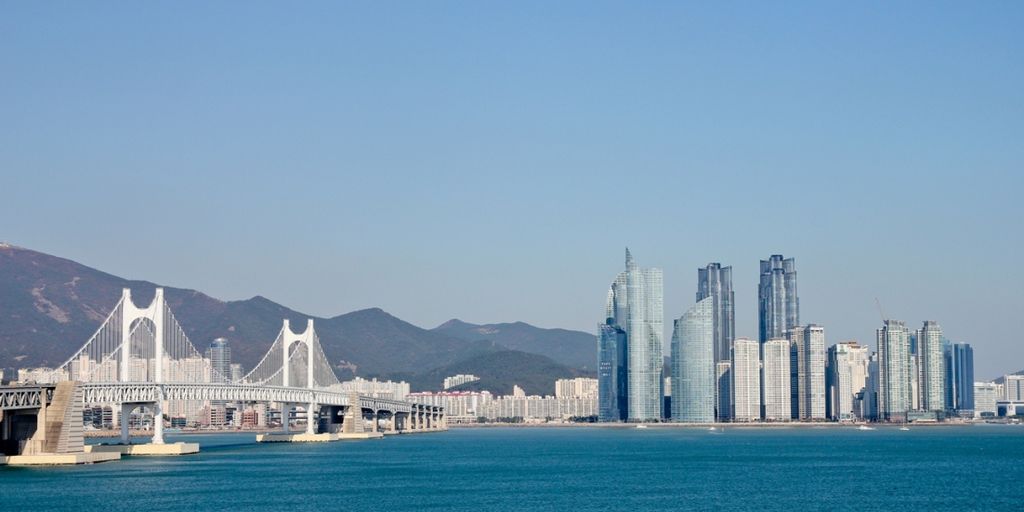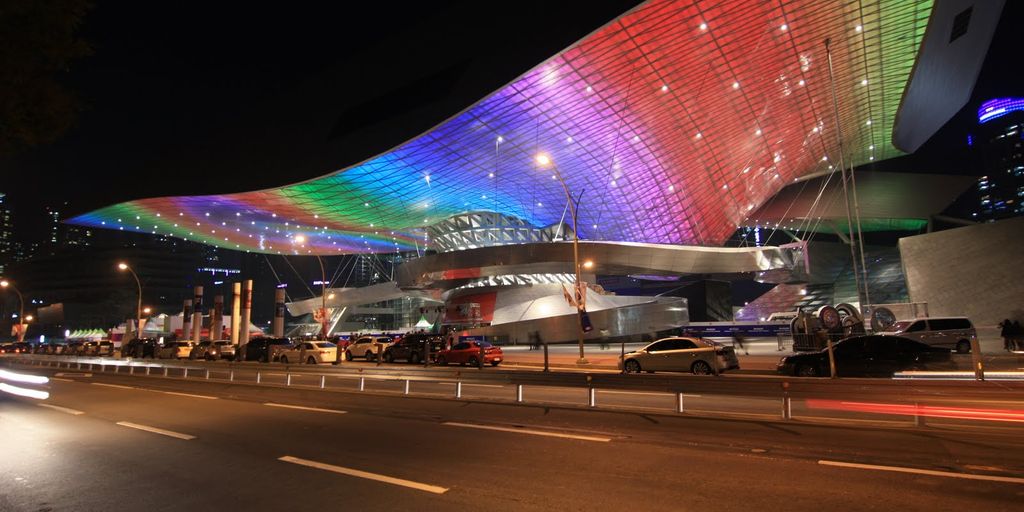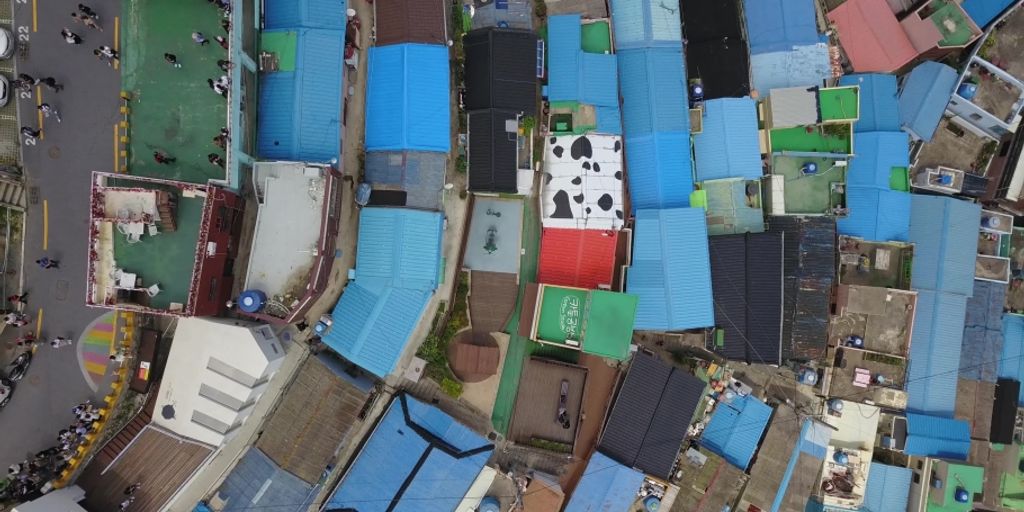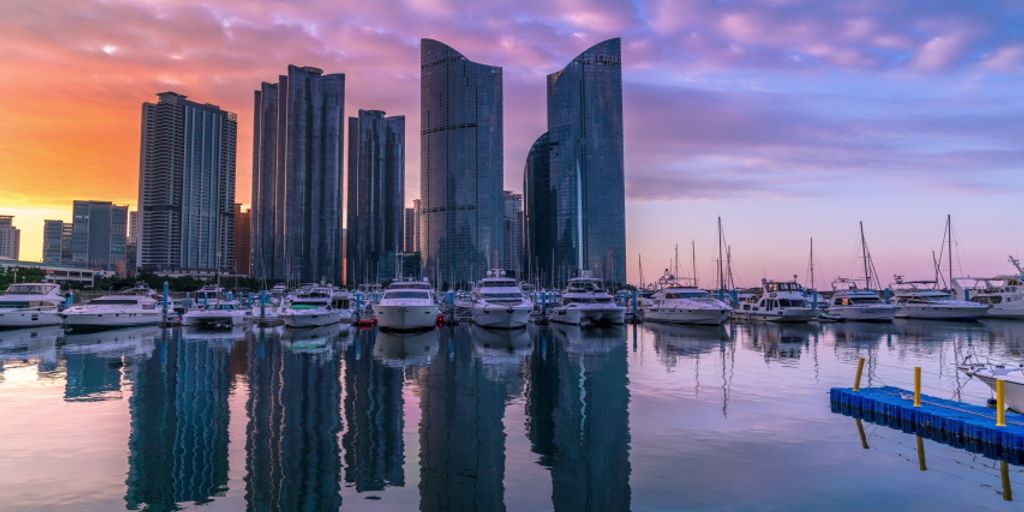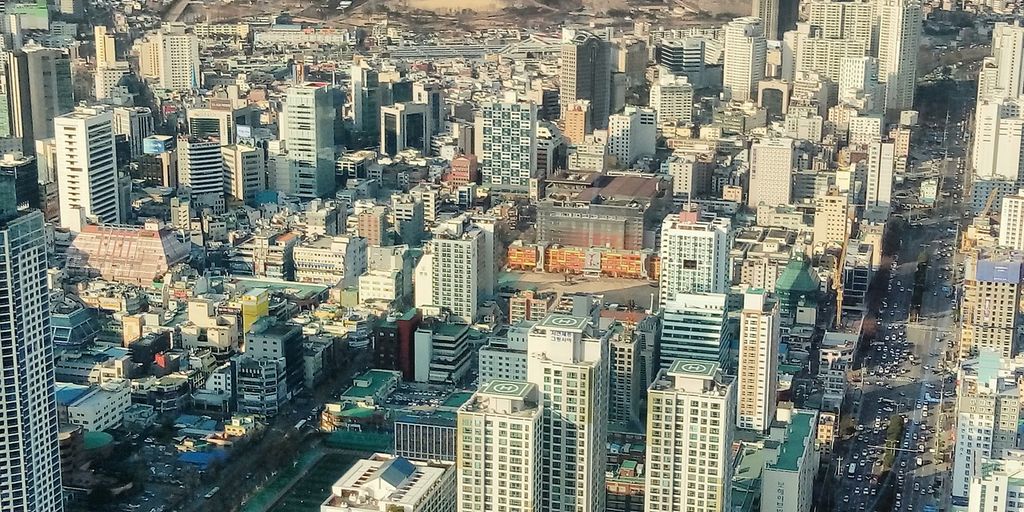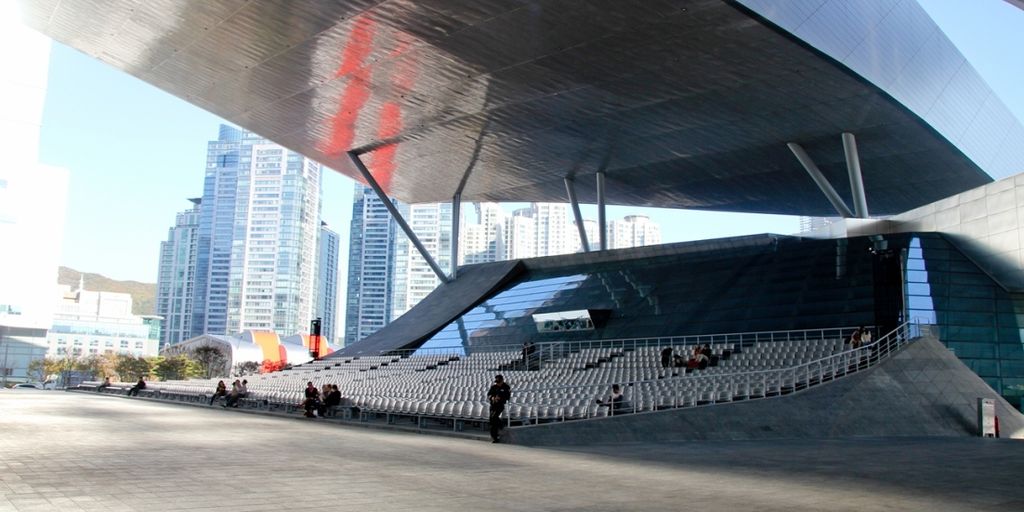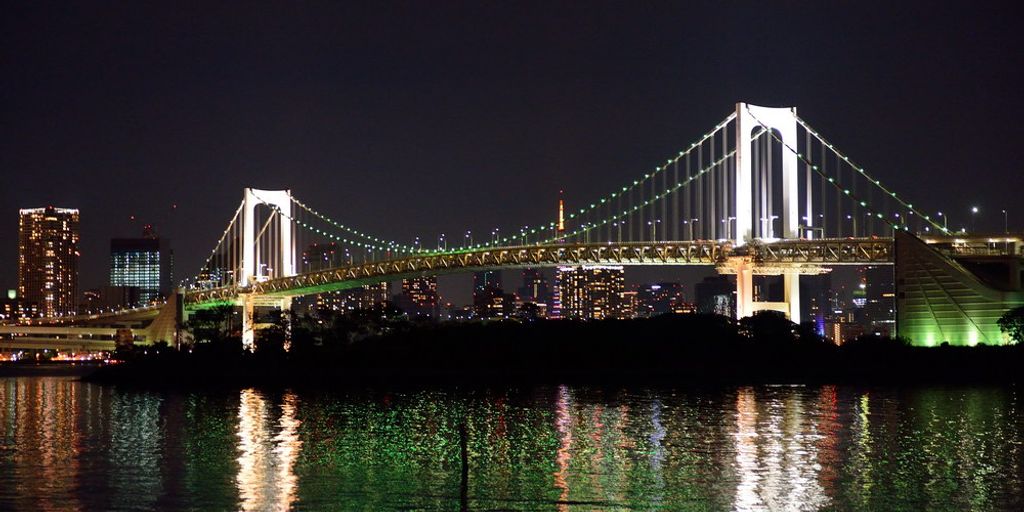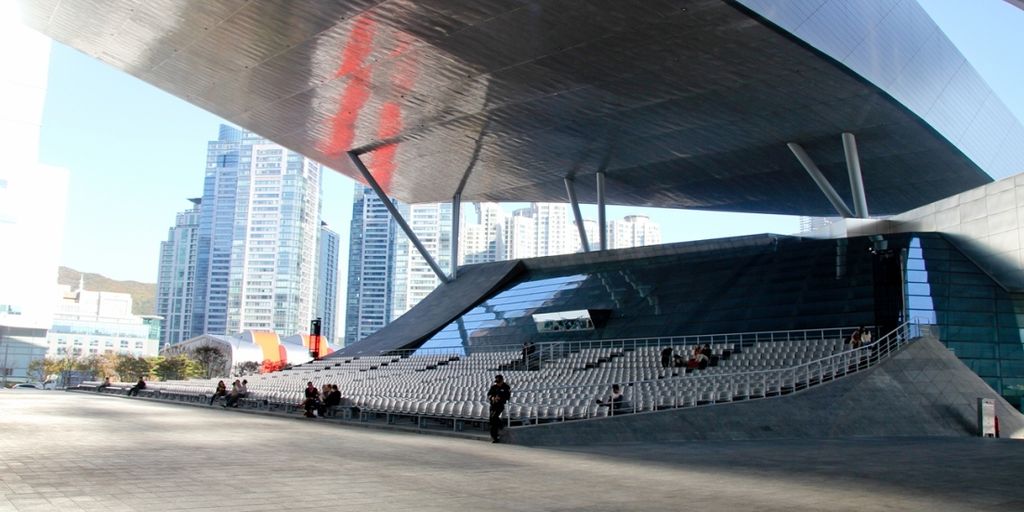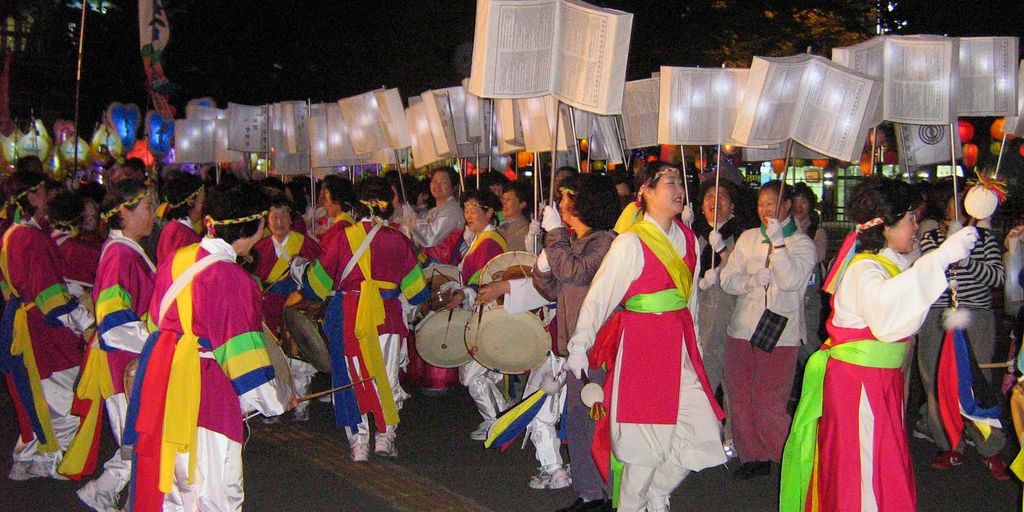Exploring Busan on a budget is possible with these top budget travel tips. By traveling during the off-peak season, finding affordable accommodations in areas like Seomyeon or Haeundae, and enjoying the city’s delicious street food and public transportation, you can experience Busan without breaking the bank. Don’t forget to take advantage of free and affordable attractions like Gukje Market, Taejongdae Park, and Gamcheon Culture Village, and search for discounts and coupons for entrance.
Key Takeaways
- Travel during the off-peak season to save on flights and accommodations.
- Use public transportation like subways and buses to get around affordably.
- Enjoy delicious and inexpensive street food and convenience store meals.
- Take advantage of free and cheap attractions such as parks and cultural villages.
- Look for discounts and coupons to save on entrance fees and other activities.
Finding Cheap Flights to Busan
Booking in Advance
One of the best ways to save money on flights to Busan is by booking your tickets early. Airlines often offer lower prices for tickets purchased well in advance. This way, you can secure a good deal before prices go up.
Using Flight Comparison Websites
To find the best deals, use flight comparison websites. These platforms allow you to compare prices from different airlines, helping you find the most affordable option. Some popular sites include Skyscanner, Kayak, and Google Flights.
Flying During Off-Peak Times
Traveling during off-peak times can also help you save money. Avoiding peak travel seasons and flying on weekdays instead of weekends can result in cheaper fares. Being flexible with your travel dates can make a big difference in the cost of your flight.
By planning ahead and using the right tools, you can find affordable flights to Busan and have more money to spend on your trip!
Affordable Places to Stay
Finding a place to stay in Busan without breaking the bank is easier than you might think. Whether you prefer budget hotels, hostels, or guesthouses, there are plenty of options to choose from. Book early to get the best deals!
Budget Hotels in Seomyeon
Seomyeon is a great area to find budget hotels. These hotels offer comfortable rooms with basic amenities at reasonable prices. Many are located near public transportation, making it easy to get around the city.
Hostels in Haeundae
If you’re on a tight budget, hostels in Haeundae are a fantastic option. Hostels often have activities like guided tours and bar crawls, making it easy to meet other travelers. Plus, they offer both private and shared rooms.
Guesthouses in Nampo-dong
Guesthouses in Nampo-dong provide a cozy and affordable place to stay. You can choose between private and shared rooms, and enjoy amenities like free WiFi and communal areas. The kimchee guesthouse busan offers affordable and comfortable accommodations in downtown Busan, with friendly staff and no curfew.
Getting Around on a Budget
Exploring Busan without spending too much is totally doable! Here are some tips to help you get around the city without breaking the bank.
Eating Deliciously Without Spending Much
If you’re looking to save money on food while experiencing the best of Busan’s culinary offerings, you’re in luck! Busan is known for its delicious street food and affordable dining options.
Must-See Free and Cheap Attractions
Exploring Busan doesn’t have to be expensive. The city offers plenty of free and affordable attractions that let you dive into its rich culture without spending much. Here are some must-see spots that won’t break the bank:
Exploring Gamcheon Culture Village
Gamcheon Culture Village is a colorful, artistic neighborhood that’s perfect for a leisurely stroll. The vibrant murals and quirky sculptures make it a photographer’s dream. Plus, it’s free to wander around and soak in the creative atmosphere.
Relaxing at Taejongdae Park
Taejongdae Park is a natural haven where you can enjoy stunning ocean views and lush greenery. There are several walking trails, and you can even take a mini-train ride for a small fee. It’s a great spot to relax and enjoy nature.
Shopping at Gukje Market
Gukje Market is one of Busan’s largest and most famous markets. Here, you can find everything from clothes to souvenirs at bargain prices. It’s a fantastic place to experience local culture and pick up some unique items without spending a lot.
Busan is a city where tradition and innovation blend for memorable adventures. From colorful villages to bustling markets, there’s always something exciting to discover.
Saving Money with Discounts and Coupons
Exploring Busan on a budget doesn’t mean you have to miss out on attractions and activities. With the discounts Busan offers, you can enjoy your trip without breaking the bank. Here are some places to look for coupons Busan:
Enjoying Budget-Friendly Nightlife

Whether you prefer a casual night out or something more lively, there are plenty of budget-friendly nightlife options in Busan. To experience Busan’s nightlife without breaking your budget, consider visiting affordable bars and nightlife areas such as Gwangalli Beach or Seomyeon. Here, you can grab a few drinks, listen to live music, and soak in the lively atmosphere for a reasonable price. Karaoke is also a popular nightlife activity in Busan, and many bars and venues offer cheap hourly rates to sing the night away.
Conclusion
Exploring Busan on a budget is totally doable and can be an incredibly rewarding experience. By planning your trip during the off-peak season, opting for affordable accommodations in areas like Seomyeon or Haeundae, and indulging in the city’s delicious street food, you can make the most of your visit without breaking the bank. Don’t forget to utilize public transportation and look for discounts and coupons for attractions. With free and affordable spots like Gukje Market, Taejongdae Park, and Gamcheon Culture Village, you’ll have plenty to see and do. So pack your bags, follow these tips, and get ready to enjoy Busan without the hefty price tag!
Frequently Asked Questions
When is the best time to visit Busan on a budget?
The best time to visit Busan on a budget is during the off-peak season, which is typically in the spring (March to May) and fall (September to November). During these times, you can find cheaper flights and accommodations.
What are some affordable accommodation options in Busan?
Some affordable accommodation options in Busan include budget hotels in Seomyeon, hostels in Haeundae, and guesthouses in Nampo-dong. These areas offer a range of budget-friendly places to stay.
How can I save money on transportation in Busan?
To save money on transportation in Busan, use the subway system and buses, which are both affordable and convenient. Additionally, consider getting a travel pass or discount card to save on transportation costs.
What are some cheap places to eat in Busan?
For cheap eats in Busan, try the street food, which is both delicious and affordable. You can also find affordable local restaurants and convenience store meals throughout the city.
What are some free or cheap attractions to visit in Busan?
Some free or cheap attractions in Busan include exploring Gamcheon Culture Village, relaxing at Taejongdae Park, and shopping at Gukje Market. These attractions offer a great way to experience the city without spending much.
Where can I find discounts and coupons for Busan attractions?
You can find discounts and coupons for Busan attractions online, at tourist information centers, and through travel apps. Using these discounts can help you save money on entrance fees and activities.

